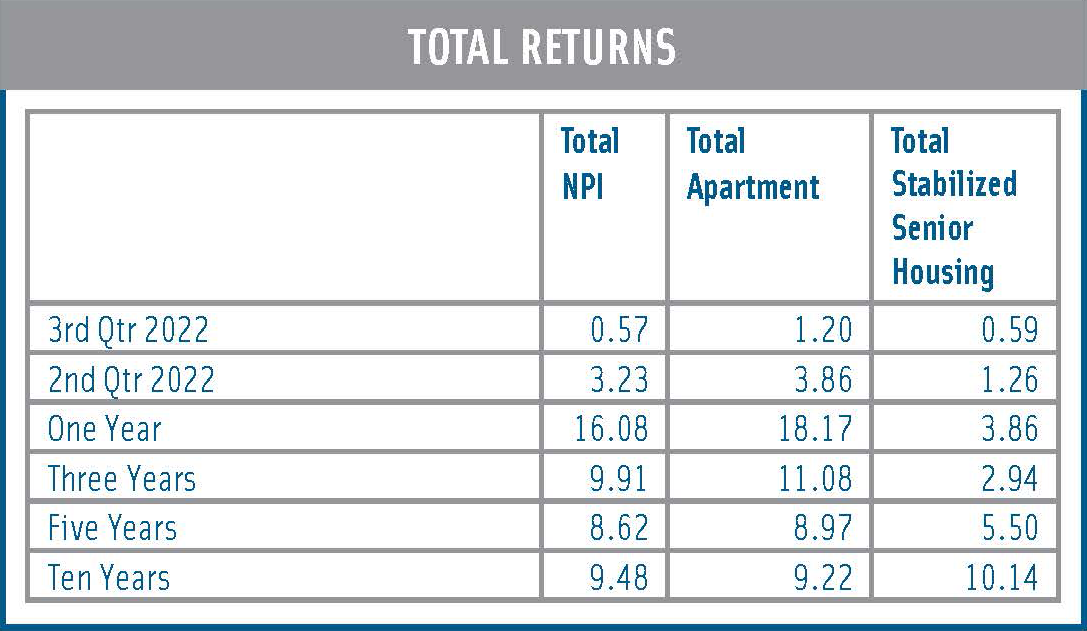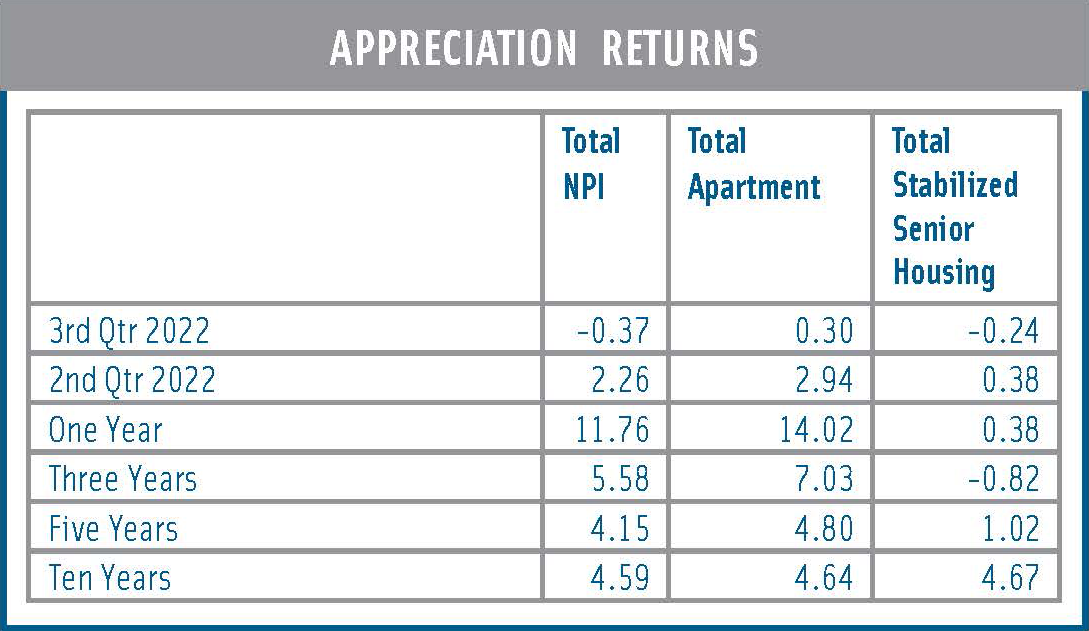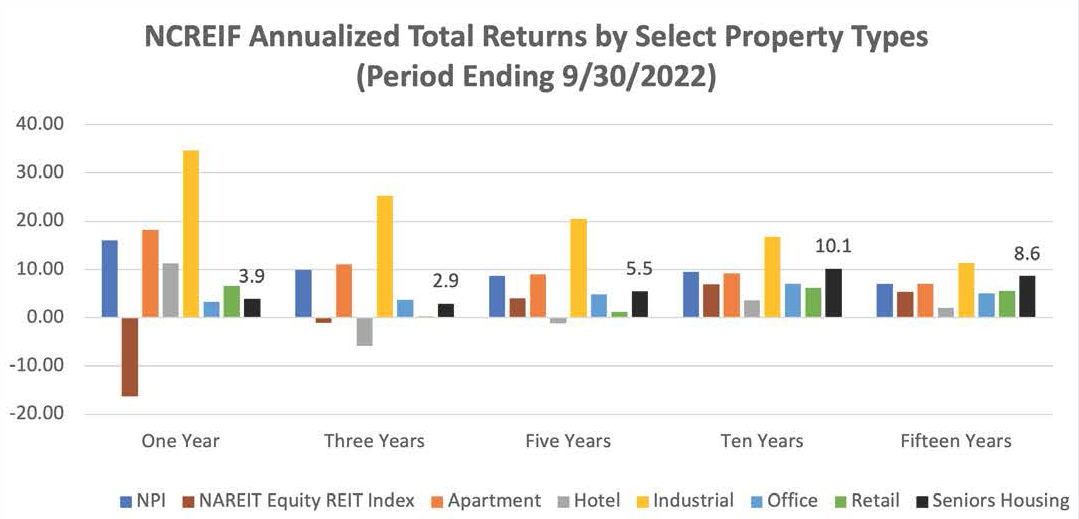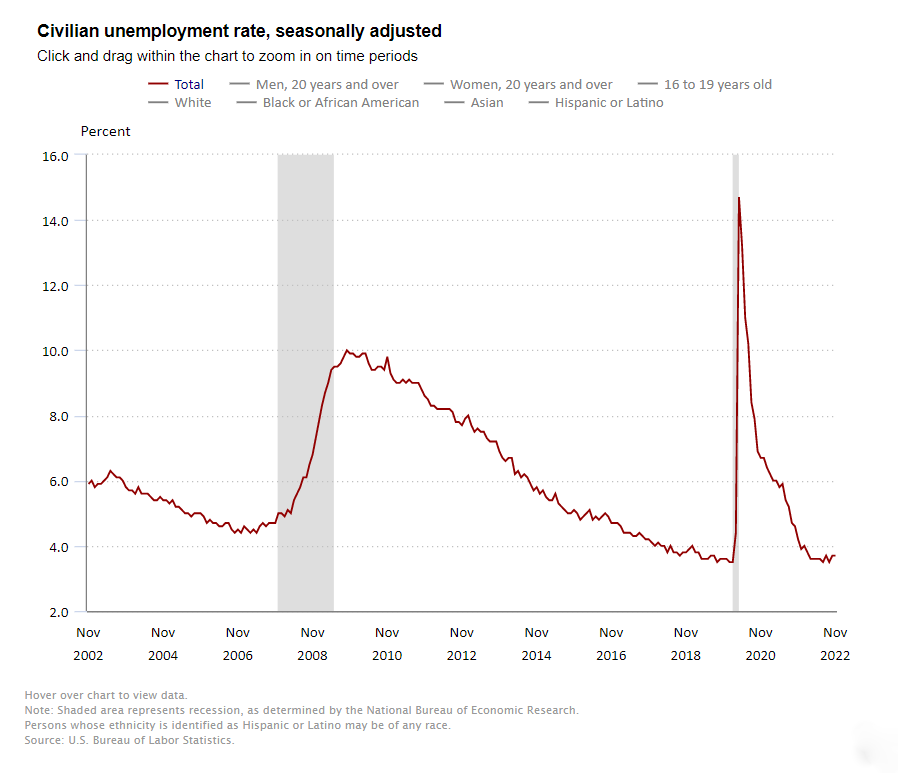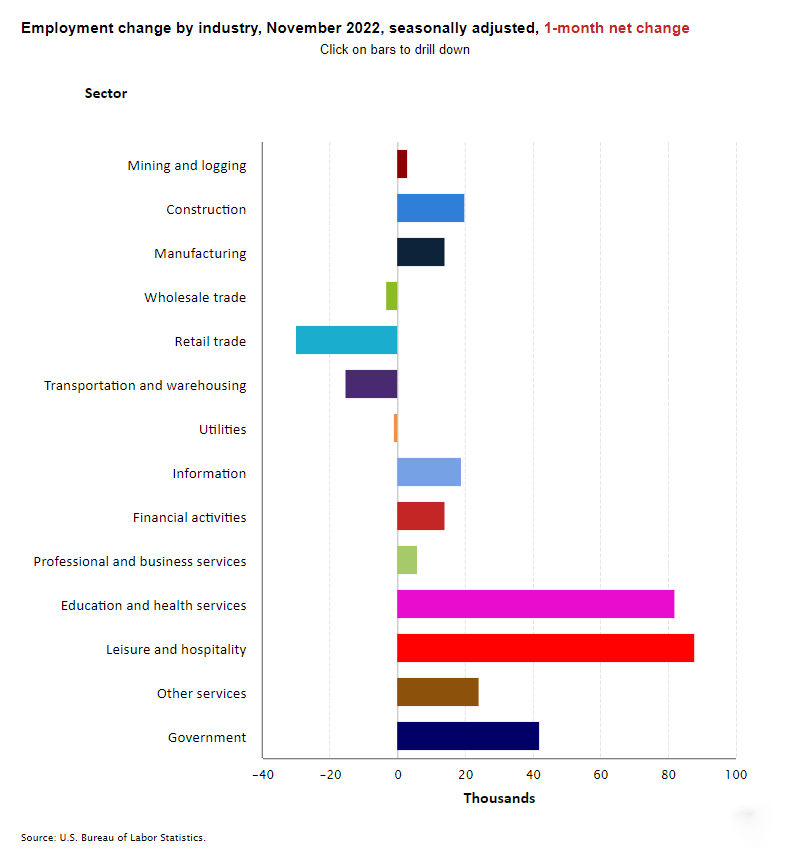Moving from Siloed to Seamless
 NIC Co-Founder and Strategic Advisor Robert Kramer has identified “Six Key Drivers” that will shape the senior living industry over the next 10 years. Kramer is also Founder & Fellow at Nexus Insights, a think tank advancing the well-being of older adults through innovative models of housing, community and healthcare. NIC Notes is publishing a series detailing each key driver. View the first five installments of the “Six Key Drivers” blog series.
NIC Co-Founder and Strategic Advisor Robert Kramer has identified “Six Key Drivers” that will shape the senior living industry over the next 10 years. Kramer is also Founder & Fellow at Nexus Insights, a think tank advancing the well-being of older adults through innovative models of housing, community and healthcare. NIC Notes is publishing a series detailing each key driver. View the first five installments of the “Six Key Drivers” blog series.
My sixth key driver shaping the future of senior living is moving from siloed to seamless. What do I mean by that? We are moving from single-point solutions that are fragmented and partial to integrated solutions that are wholistic and person-centered. The drive is under way to connect data, people, and processes. This will fundamentally change senior living
The integration of business systems is already taking shape. Communicating and coordinating among different operating systems will be much easier for operators.
The big differentiator, however, will be our ability to provide the consumer with a seamless experience. After all, consumers judge us by the overall experience we provide. It’s the experience that counts.
This represents a great opportunity. Operators who give the consumer a personalized, integrated experience that provides housing, community and preventative healthcare will benefit in tangible ways. Residents will have a longer and higher quality of life. Families will have greater levels of satisfaction. And the staff will enjoy a more rewarding, productive working environment. That’s a huge competitive advantage.
The move from siloed to seamless will take time. A truly seamless consumer experience has a long way to go. The integration of business processes is further along, though operators still face a confusing array of software solutions.
There are single-point solutions to manage everything from back-office operations to financial performance. There are platforms to manage the workforce, sales and marketing, clinical data, and resident engagement.
As healthcare technology executive Manisha Gulati astutely points out in a recent article, more technology solutions often only create more dots rather than connections. Providers are overwhelmed.
This is true for senior living operators. They see new technology solutions as dots creating more siloed programs rather than providing an integrated seamless platform.
Operators wonder: Will the latest innovation be topped in a year or two by something better? Or by a solution that offers more integration? It’s hard to invest in a system that may quickly become outdated.
At the same time, we need to recognize that we are at an important inflection point in the evolution of the senior living industry. The first phase of innovation has been the development of these point-in-time or episodic solutions. The next phase of innovation will be connecting the dots, moving from these individual silos to longitudinal solutions that enable communication, coordination, and meaningful integration to provide a complete health and wellness experience for the resident.
Advances are being made in the integration of business systems and their data by companies such as Eldermark, PointClickCare, MatrixCare and Yardi. We are moving from siloed to seamless.
As senior living makes this transition, what is our top priority?
The first question we should ask is of the consumer: What matters to you? What do you want to experience in the later years of your life? The answer is our roadmap.
Older people in the years to come will expect a hassle-free, seamless experience. So will their families. The most valued service will be navigation to handle all the things the resident or family doesn’t want to deal with.
That includes healthcare. We cannot provide a seamless experience unless we recognize and proactively engage in the resident’s experience of and delivery of healthcare.
The average assisted living resident has 13 chronic conditions. As we discussed in Key Driver #4, healthcare is being reframed. The government is moving to a value-based care system. Taxpayers will not be able to fund the fee-for-service system as it currently exists as costs for the care of an aging population spin out of control.
Today’s consumer experiences a fragmented healthcare system, shuttled from doctor to doctor and to different settings with little coordination. Older people and their families are extremely frustrated. While healthcare talks about a continuum of care for the patient, the reality of the patient experience is the exact opposite. Patients, their data and their families get confused and lost as they’re sent from one silo to another.
How does senior living fit in?
We like to talk about the continuum of care, but our services are fragmented too. We often see other types of providers or settings as competitors instead of working together to provide a better experience for the older adult.
A recent hint of change came from the Aging Media Network. It just hosted a conference to connect executives from across the senior care continuum to discuss synergies. C-suite executives from different settings are exploring how to reshape care delivery to older and complex populations. Unfortunately, much of the discussion is focused on care competencies and business model requirements and not on what matters most to the individual—the older adult.
Senior living has a key role to keep people out of the hospital and to help manage their chronic conditions. If we want our residents to have more life in their years as well as years in their life, then how we provide for the management of their chronic conditions is essential.
This doesn’t mean senior living providers necessarily have to go into the insurance business or provide primary geriatric care services. But we do have an opportunity to see that our residents get those services. The move to home of healthcare services can and must include the home that is senior living.
How?
Companies are emerging that integrate the healthcare experience. I call them the integrators. American Health Partners is one example. Its business model is to provide a continuum of care that empowers people to obtain excellent healthcare that fits their lifestyle. The company seeks to deliver the right care at the right place through institutional special needs plans, senior living and rehabilitation, pharmacy for long-term care facilities, home health and hospice, among other services.
Another example is BrightSpring Health Services. It provides complementary home- and community-based health services for complex populations in need of specialized and/or chronic care. Services include supportive care, clinical and pharmacy solutions across many settings. A third example is Lifespark.
Aggregators play a role too. They aggregate the lives of high-risk Medicare beneficiaries in a local market and seek to integrate their care experience as they assume their healthcare dollar spend risk. Landmark Health, Lifespark, Curana Health, ChenMed, VillageMD, WelbeHealth, Aledade, and Oak Street Health are examples of companies doing this work. We provide an enormous potential value to them because we house the very high-risk, high-cost Medicare beneficiaries they seek to serve: their beneficiaries. They provide value to us because our residents need the healthcare they provide.
Operators can start by considering some basic questions:
- Who is providing medical services in my building? (This type of information is available through NIC MAP Vision.)
- Is any service in my market providing true care navigation and integration? Care navigators, sometimes called coaches or guides, coordinate the healthcare experience. They help the individual receive the right care, at the right time and in the right place.
- Which companies in my market are aggregating the lives of high-risk seniors who account for the most Medicare spending? They could be our partners.
Moving from siloed to seamless is a confusing and messy process. But as the future takes shape, the transformation will be worth the effort for operators, and especially for our residents.
—
That brings me to the conclusion of my series on the Six Key Drivers Shaping the Future of Senior Living. I’d like to note that I’ve enjoyed getting your feedback and look forward to more of your comments. I’d also like to add that the Six Key Drivers identified in this series do not represent an exhaustive list but rather a work in progress. Other drivers, such as industry leadership changes, technology, innovation in capital structures, and environmental, social and governance (ESG) initiatives will also shape the future of the industry.
My key point is that ultimately, we must offer our next generation of residents an aspirational setting and experience. Otherwise, they will pursue other options to avoid the senior living setting. By adopting an aspirational dynamic, we can change the expectations and even the lived experience of aging, especially in our later years.
Lastly, I’ll conclude with one of my favorite quotes from Bill Gates that certainly applies to our industry. “We always overestimate the change that will occur in the next two years and underestimate the change that will occur in the next ten. Don’t let yourself be lulled into inaction.”








